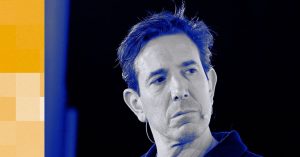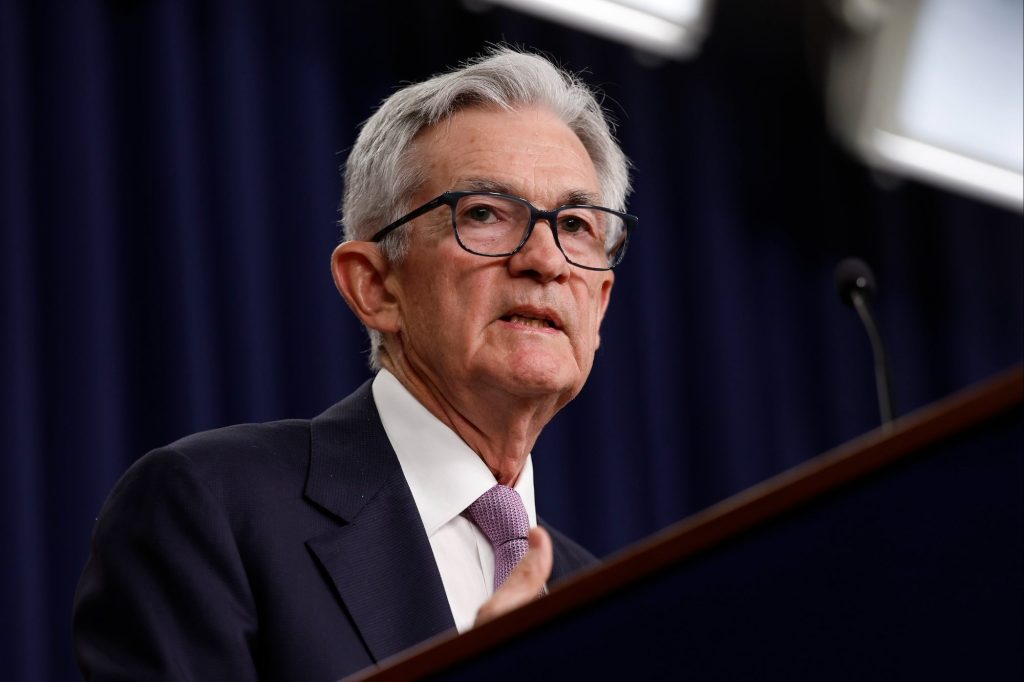As the job market cools and CEOs pull back on hiring, it’s no surprise that the Federal Open Market Committee cut rates by half a percentage point on Wednesday, bringing it down from a 23-year high to a range of 4.75% to 5%.
Economists predicted the highly anticipated decision, with EY senior economist Lydia Boussour telling Entrepreneur last month that there would be three rate cuts, each of at least 0.25%, in September, November, and December.
Federal Reserve Chair Jerome Powell explained the September decision in a press conference on Wednesday, stating that the Fed is “guided by our dual mandate to promote maximum employment and stable prices for the American people… As inflation has declined and the labor market has cooled, the upside risks to inflation have diminished, and the downside risks to employment have increased.”
Related: A Fed Rate Cut Finally Happened For the First Time in 4 Years. Here’s How the Decision Will Affect Your Wallet.
In separate statements sent to Entrepreneur, EY and J.P. Morgan experts agreed that the Fed acted with “agility.” They had different points of view about whether the Fed was falling behind the curve.
Federal Reserve Chair Powell. Credit: Anna Moneymaker/Getty Images
Elyse Ausenbaugh, Head of Investment Strategy at J.P. Morgan Wealth Management, stated that the Fed delivered its decision with “confidence and commitment.” A 0.5% cut “preserves the Fed’s agility to maintain the data-dependent approach they so often emphasize” and “creates some breathing room” to go more slowly at upcoming meetings based on the data.
Meanwhile, EY chief economist Gregory Daco agreed that the policymakers may ease rates more slowly at upcoming meetings and predicted gradual rate cuts of 0.25% each in November and December.
However, he brought up a more fundamental concern about the Fed’s approach to monetary policy. While Ausenbaugh stated that the Fed’s decision soothes the concerns that it’s falling behind the curve, Daco asserted that the Fed’s easing cycle shows that “two old demons continue to haunt it.”
For one, Daco stated that the Fed doesn’t have a forward-looking approach and instead relies on data points.
Related: The August Jobs Report Didn’t Live Up to Expectations — Here’s What It Means For Interest Rates
“Powell saying that they might have cut in July if they had had the July jobs report in hand reflects this reactionary stance,” Daco stated. Powell said on Wednesday that if the Fed had the July jobs report before its July meeting, it may have cut rates then. The report showed the unemployment rate hitting its highest peak since October 2021 at 4.3%.
Other analysts, like Fundstrat’s head of research, Tom Lee, have taken a similar stance and stated that the Fed relies too much on data when making decisions.
The second weakness, in Daco’s view, is that the Fed doesn’t show how long it will take to reach a neutral policy stance that doesn’t stimulate or restrict growth.
Related: Elon Musk Calls the Fed ‘Foolish,’ Says Agency ‘Needs’ to Lower Interest Rates
“This doesn’t seem to be part of the Fed’s communication strategy,” he stated.
The Fed’s goals are maximum employment and stable prices, with a 2% inflation target, per Powell’s Wednesday speech.
“We are not on any preset course,” Powell said. “We will continue to make our decisions meeting by meeting.”
Related: ‘I Give It One Post Until They Disable Comments’: Federal Reserve Chair Jerome Powell Joins Instagram, Enters Influencer Era
Read the full article here










